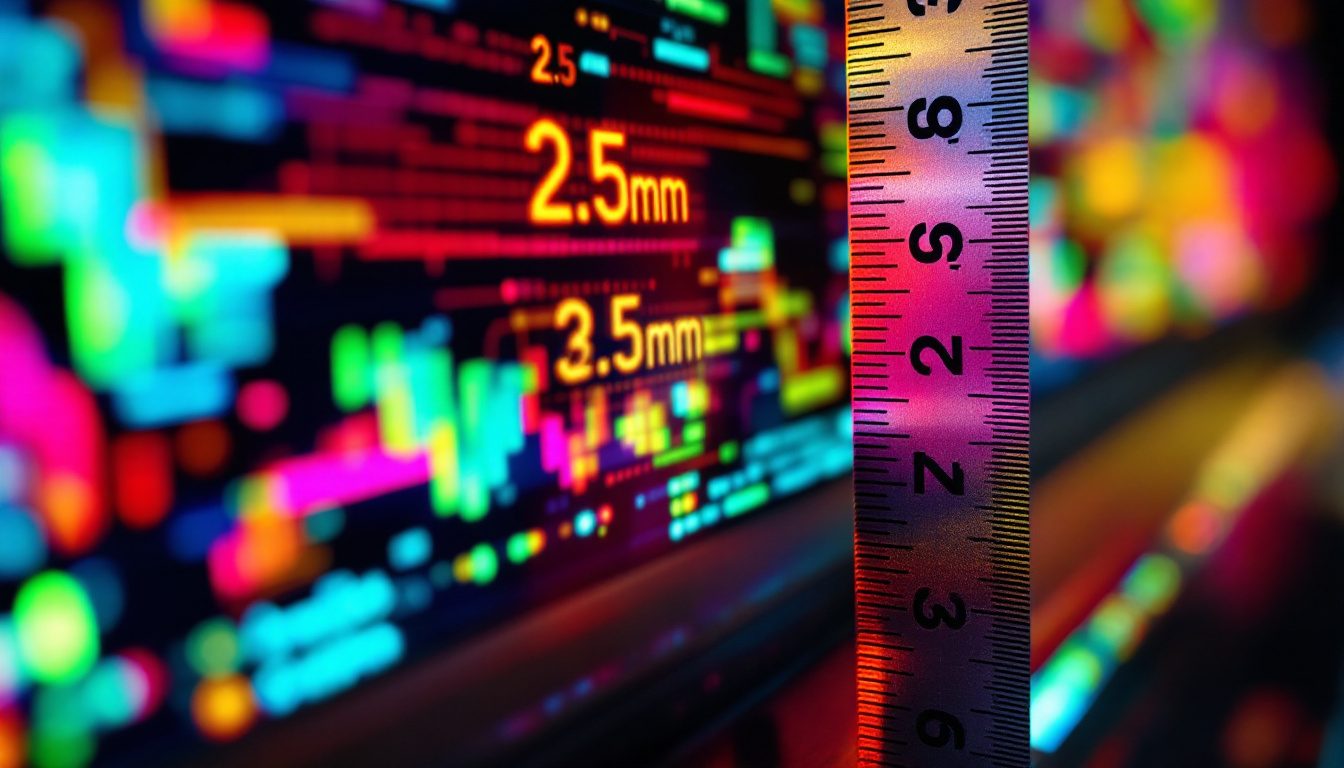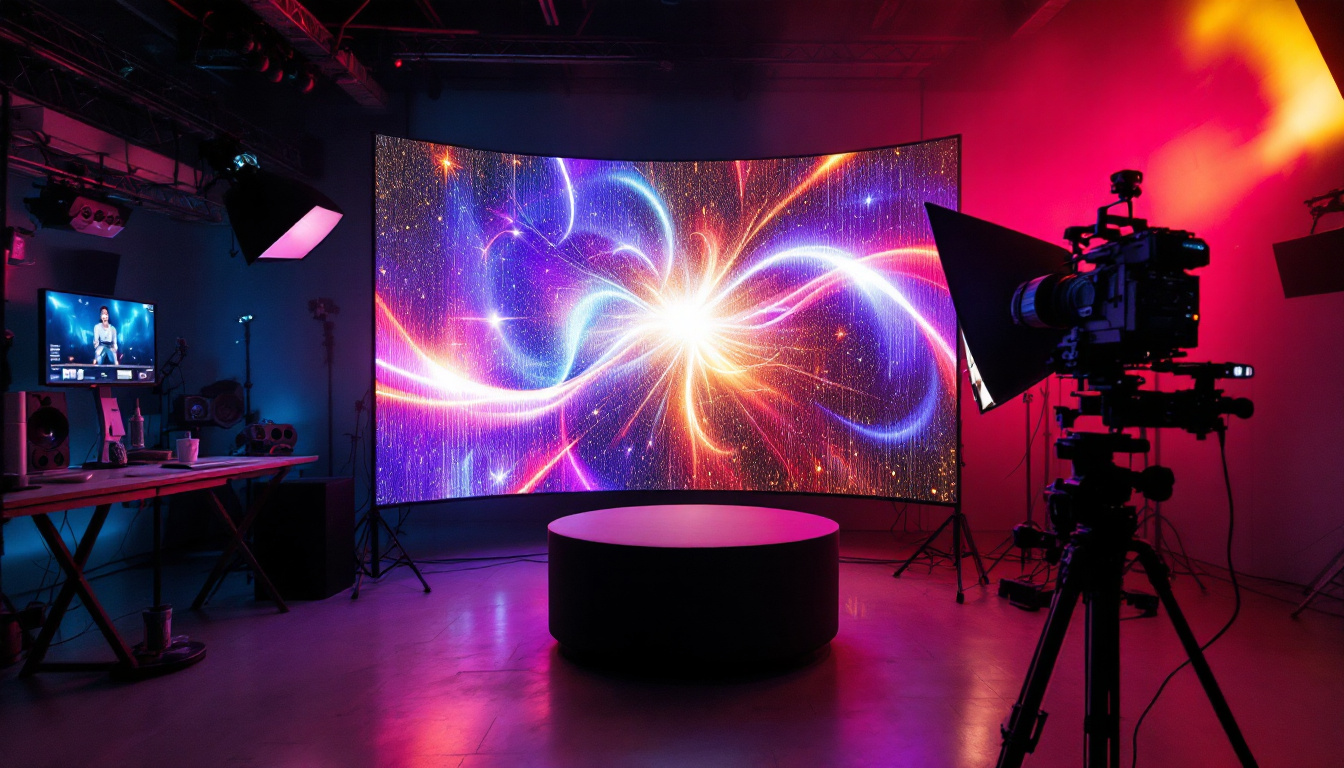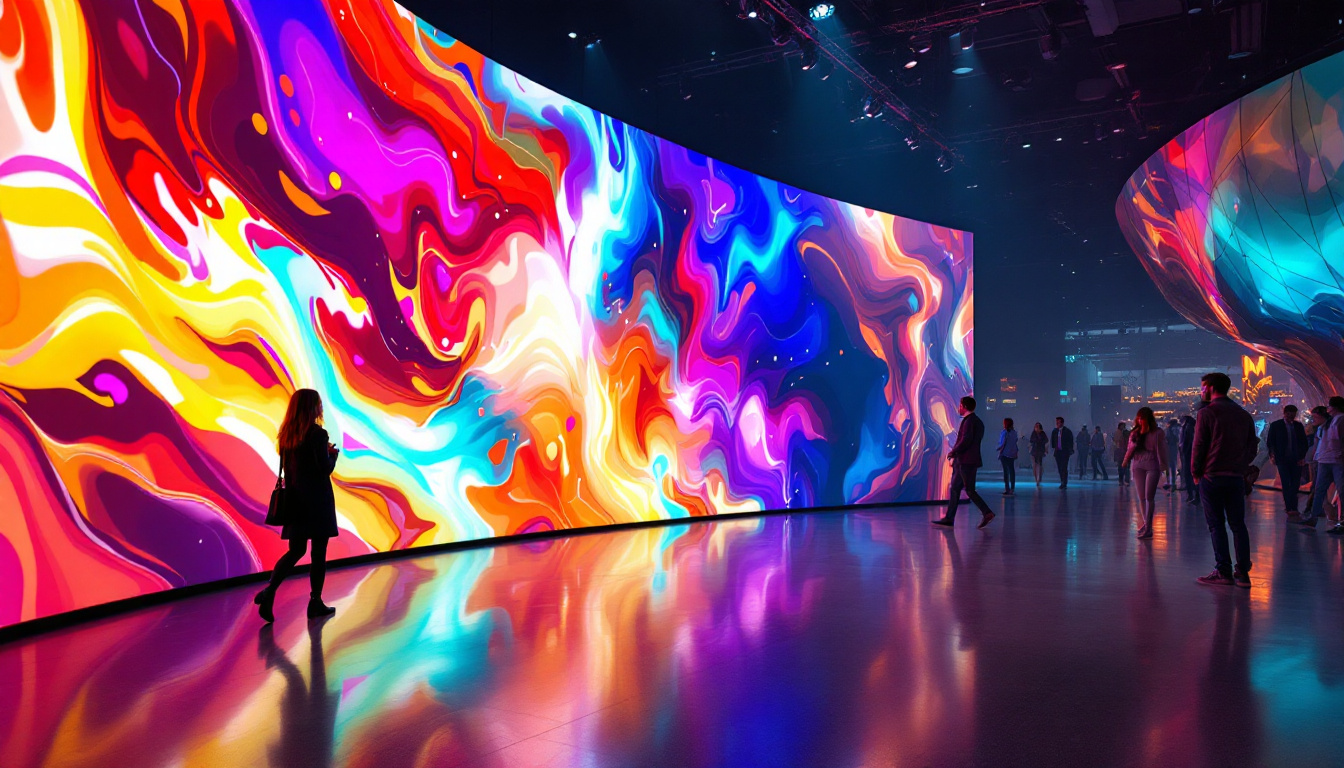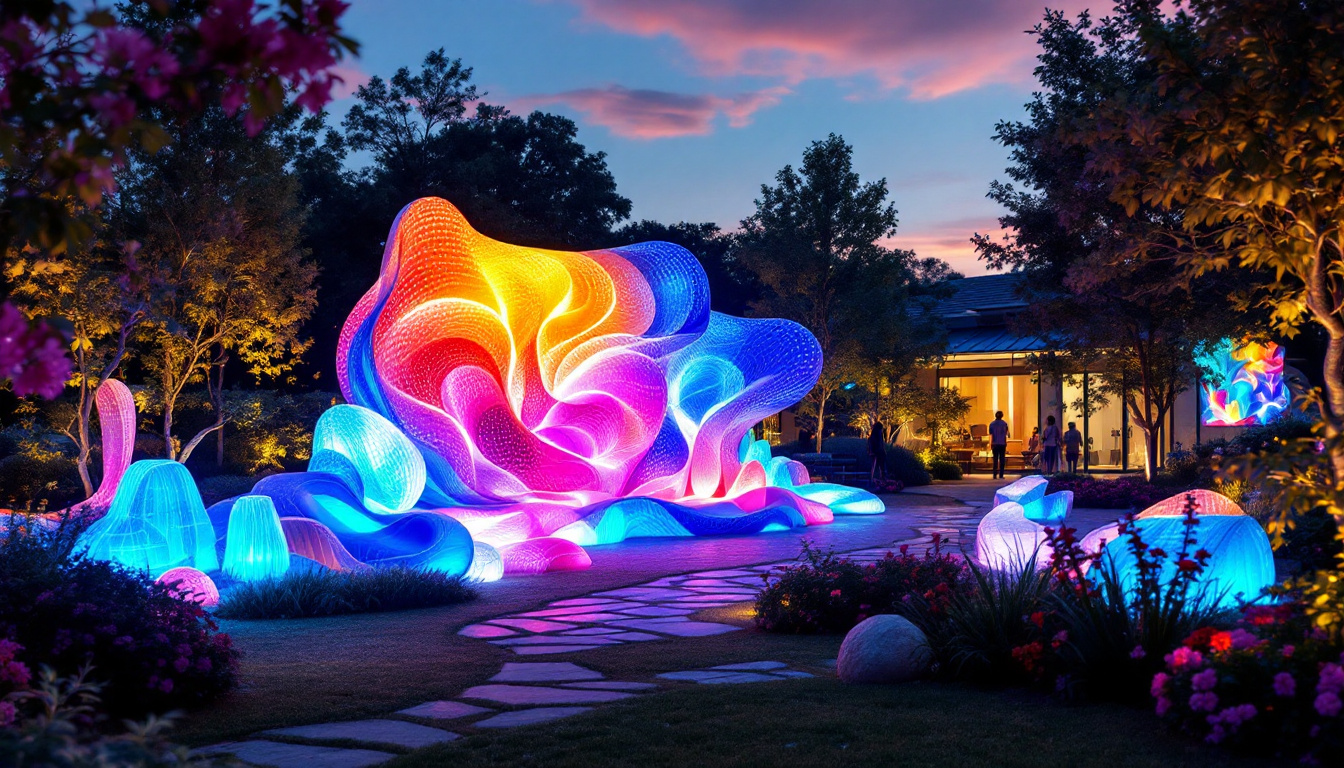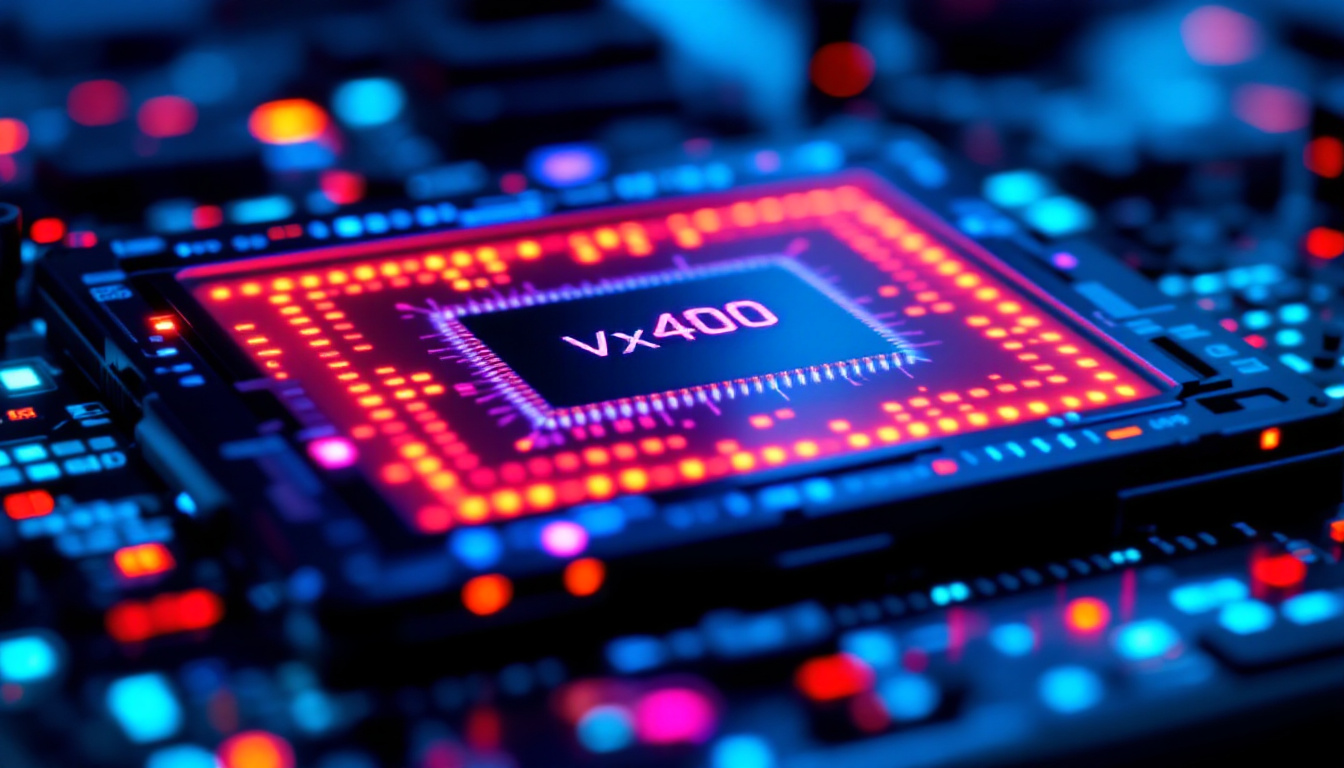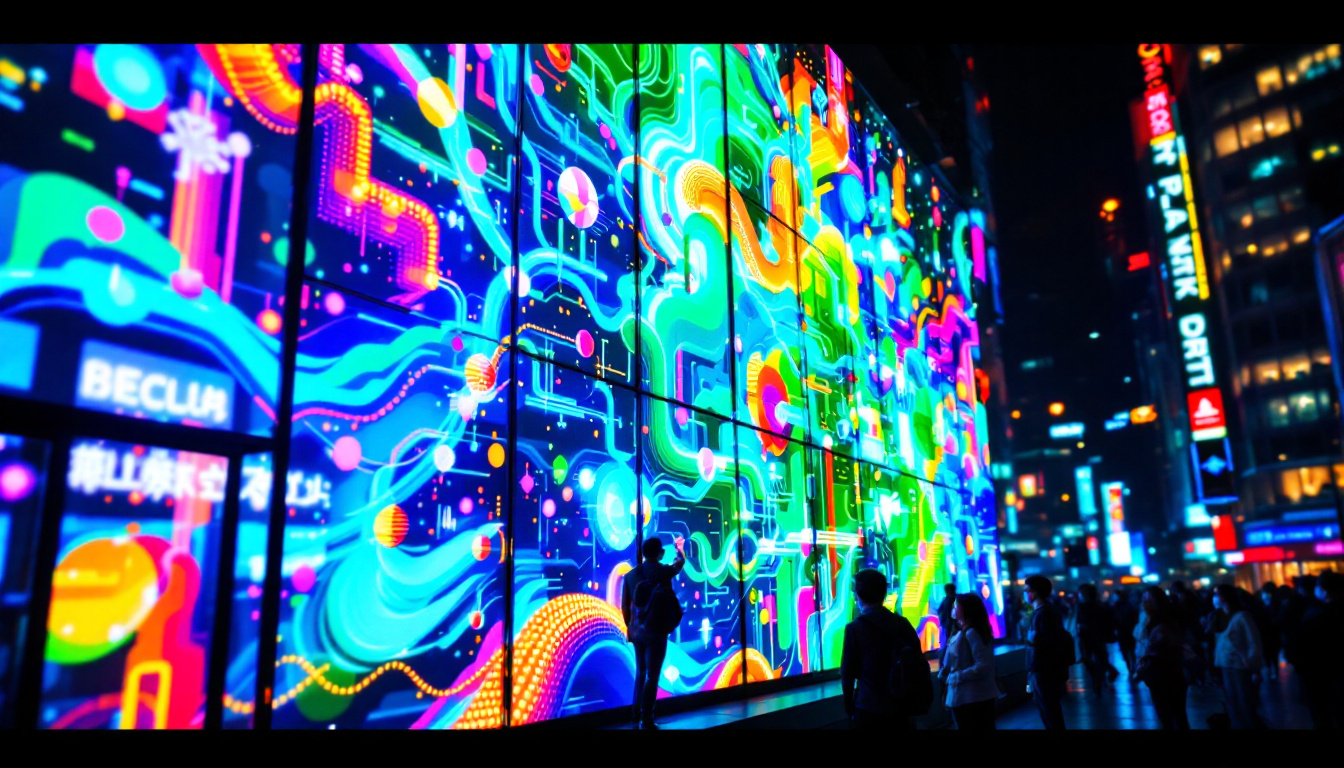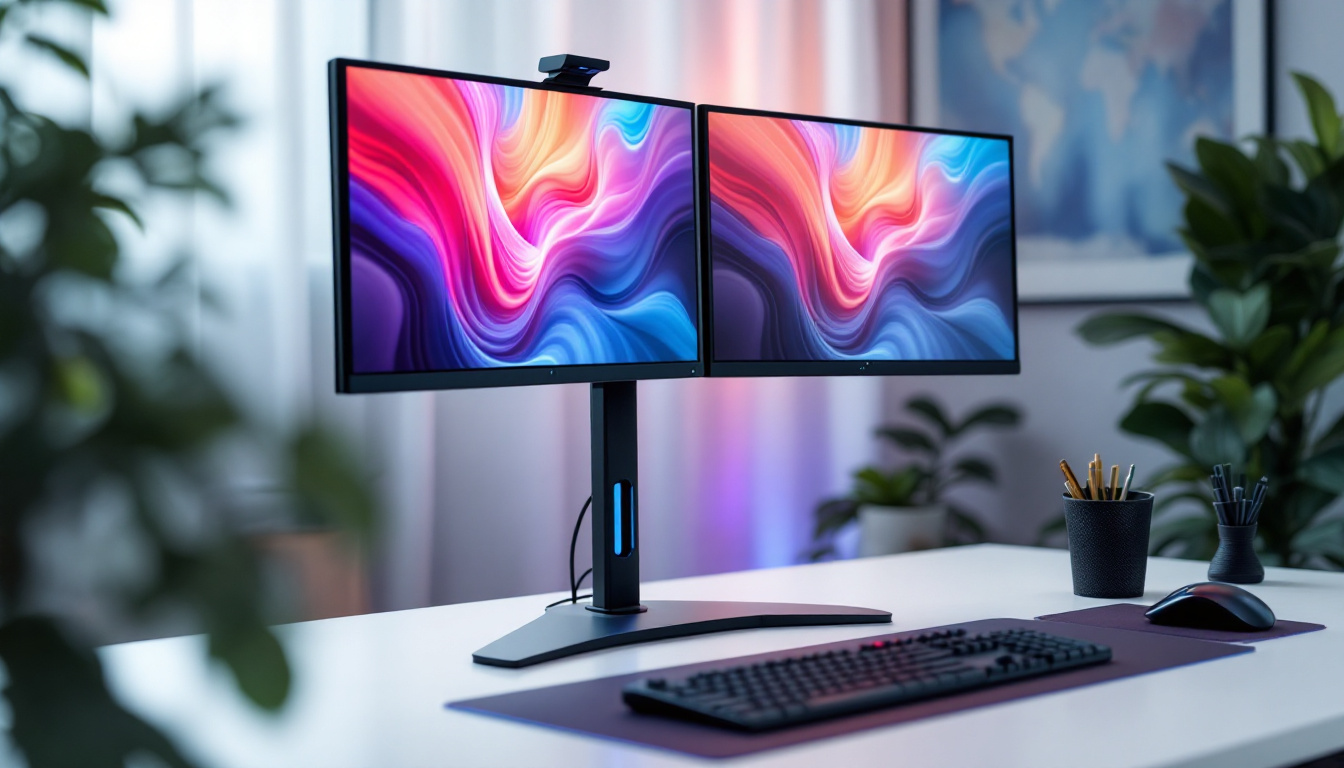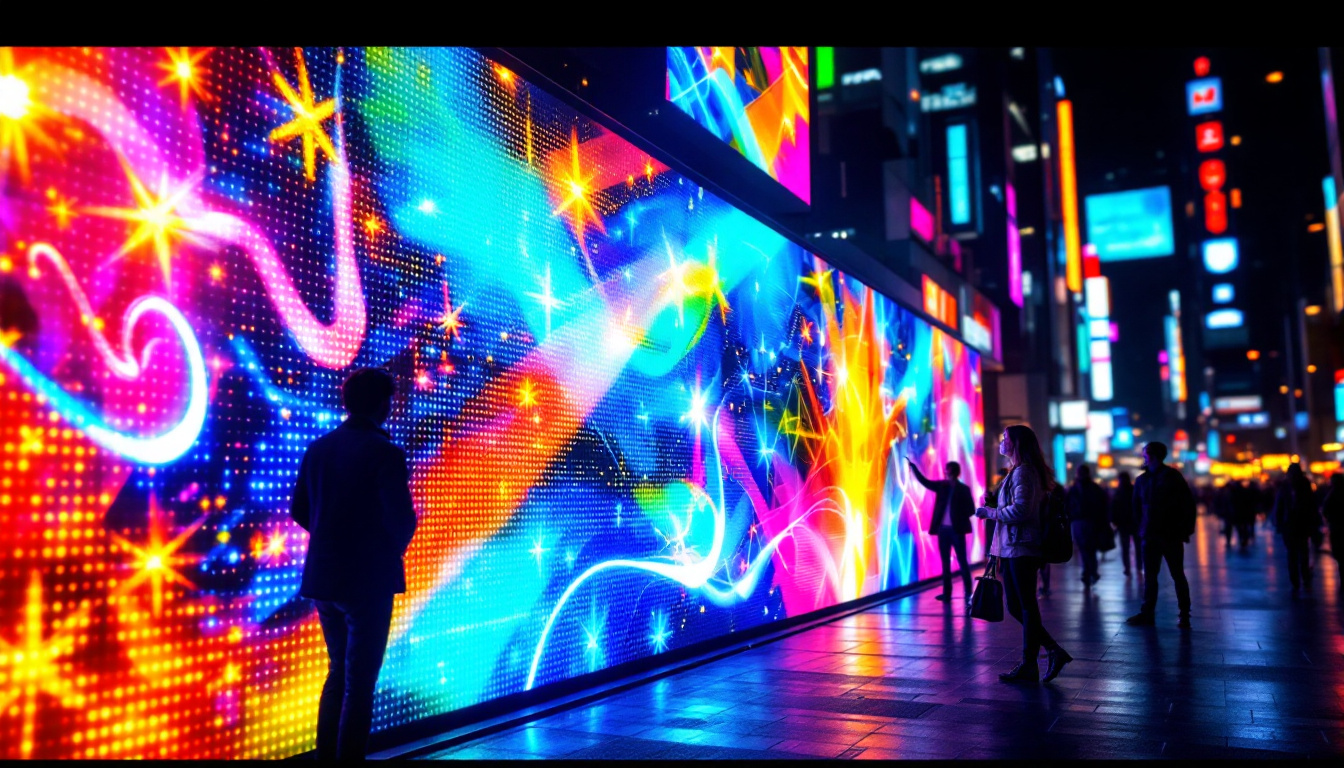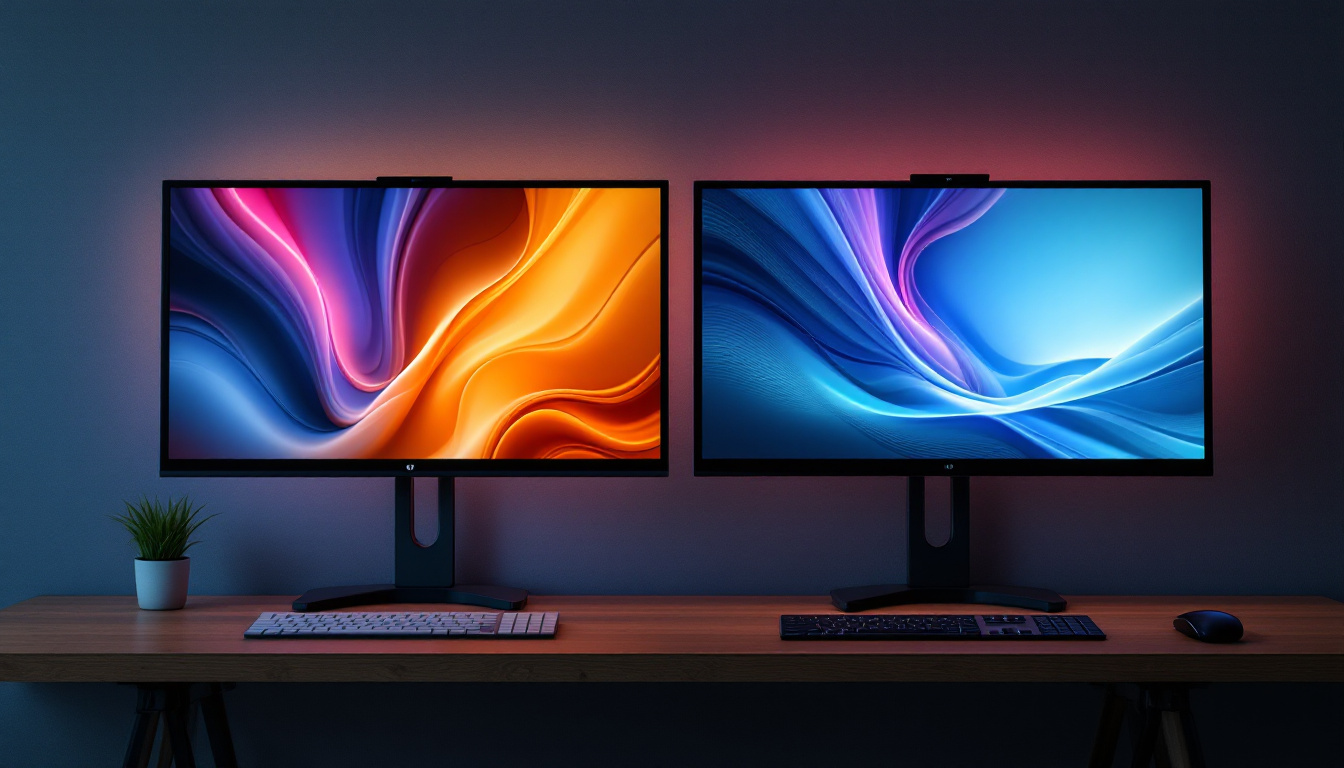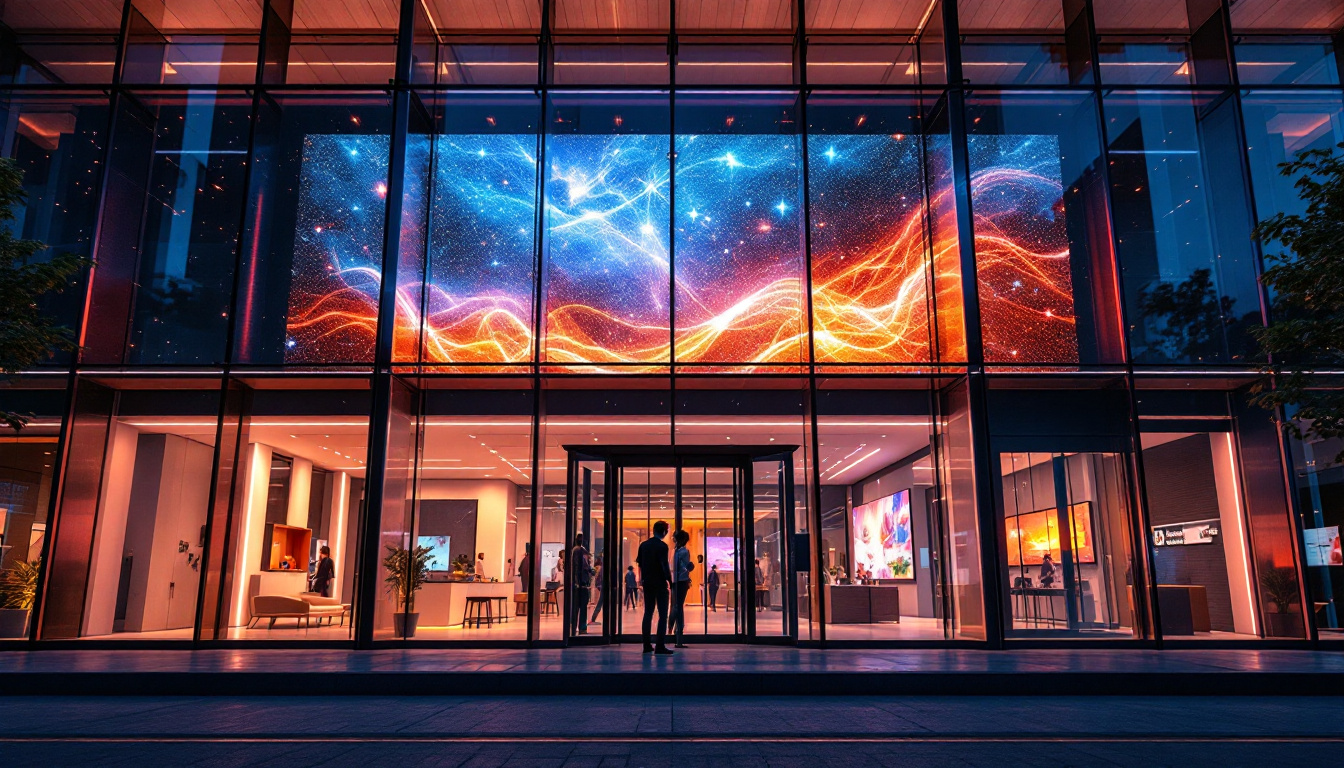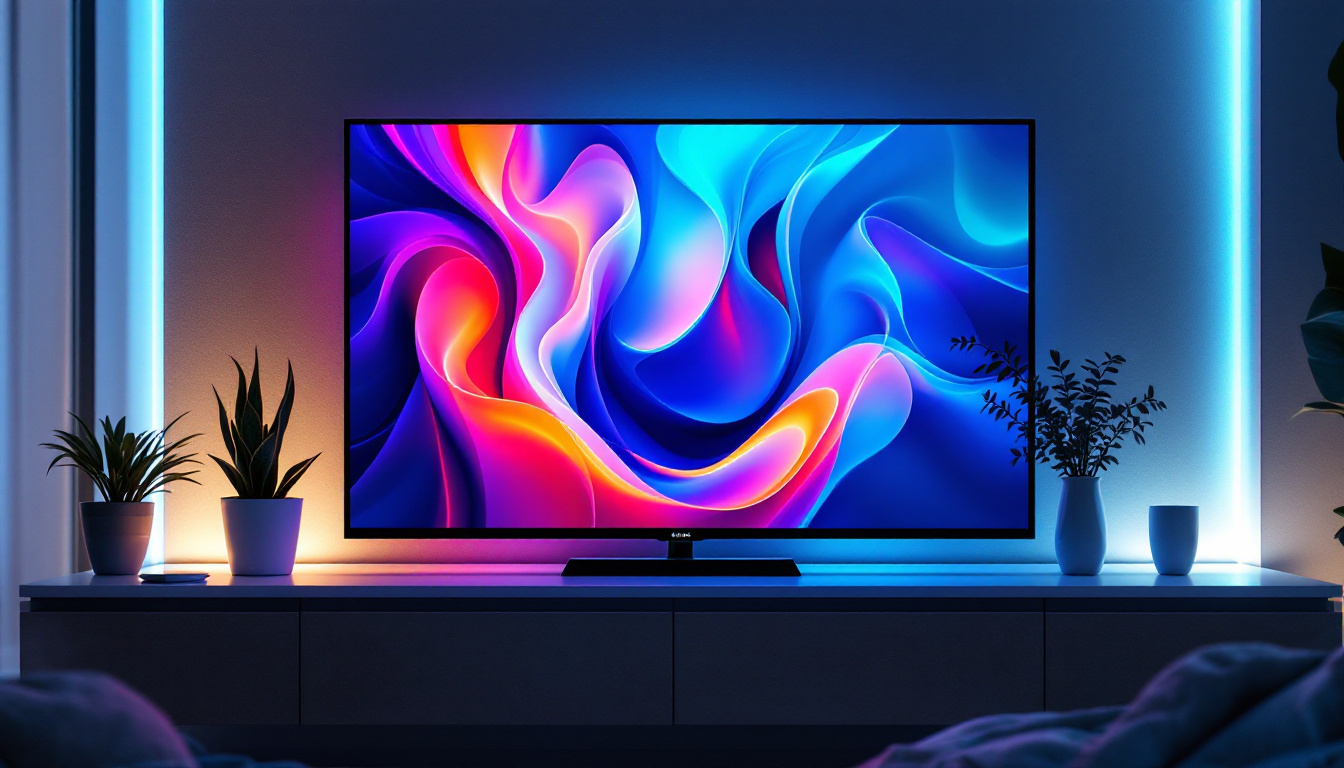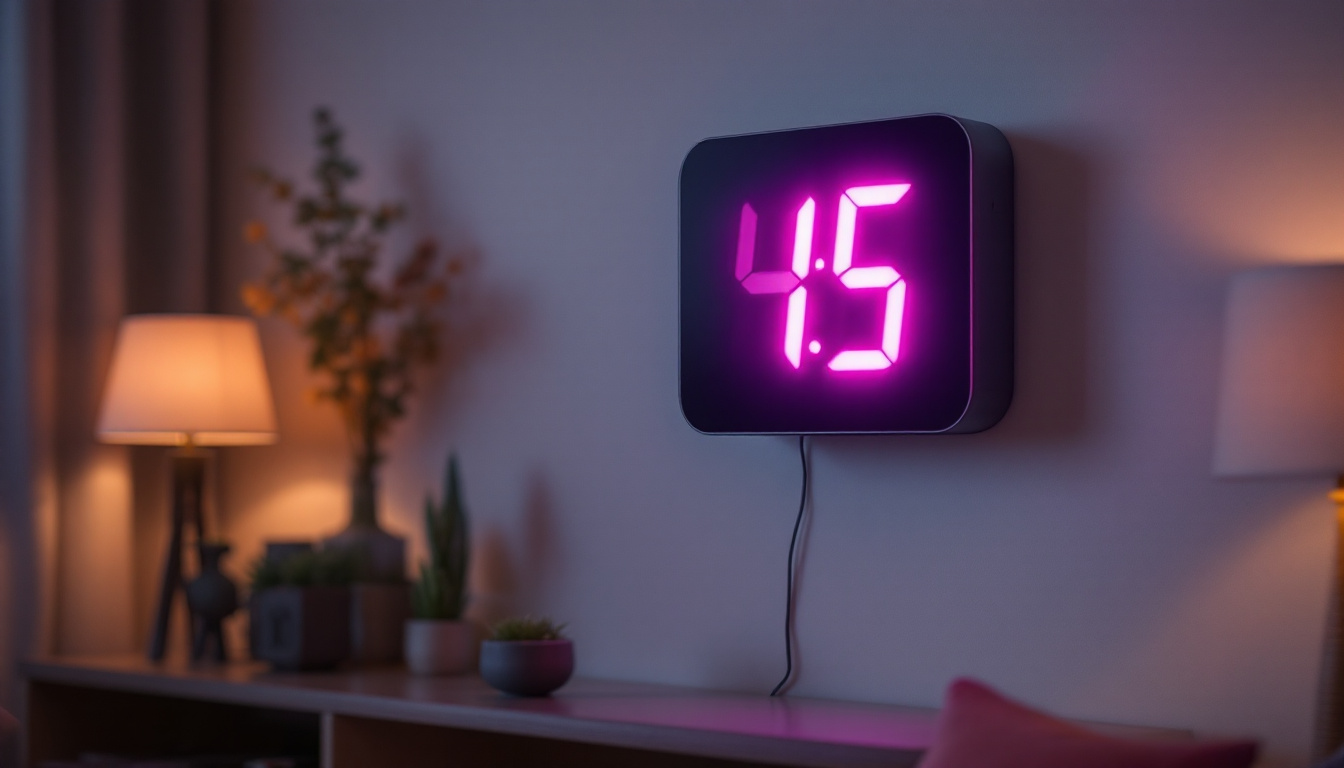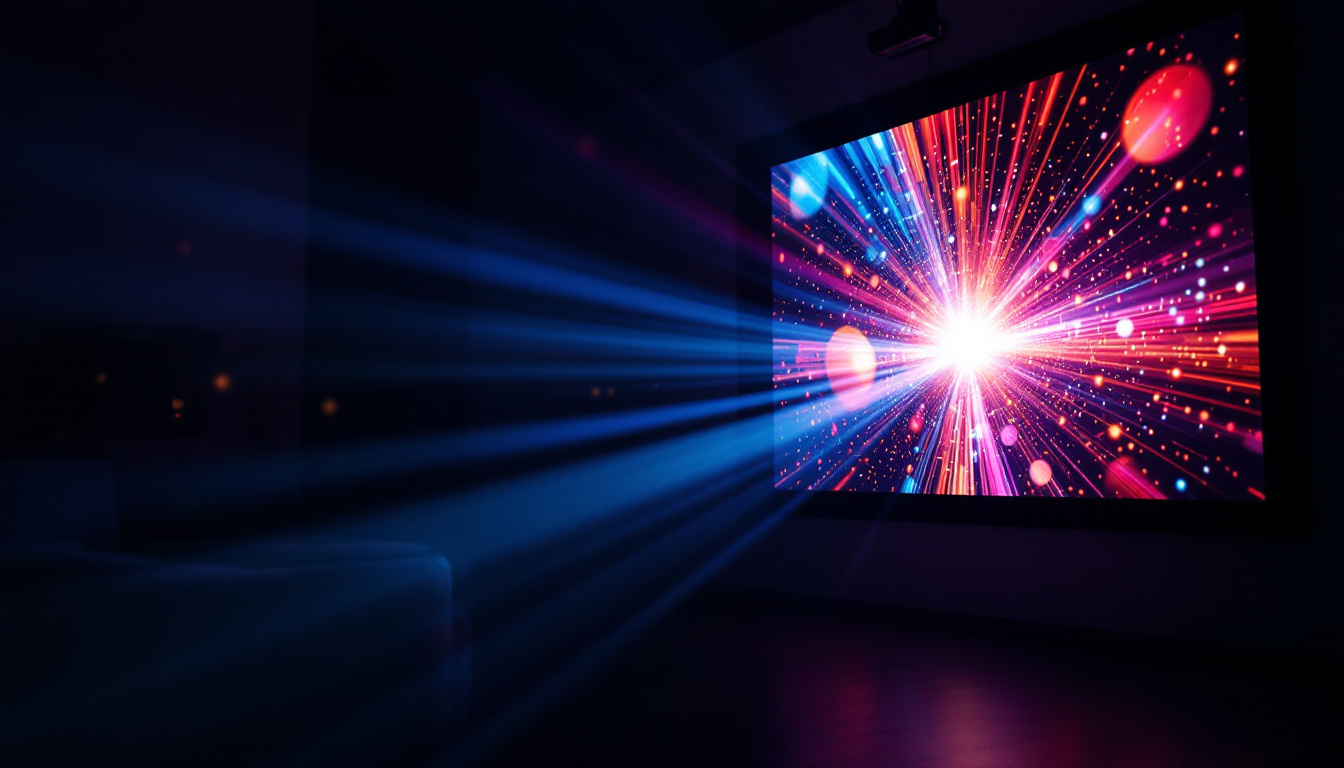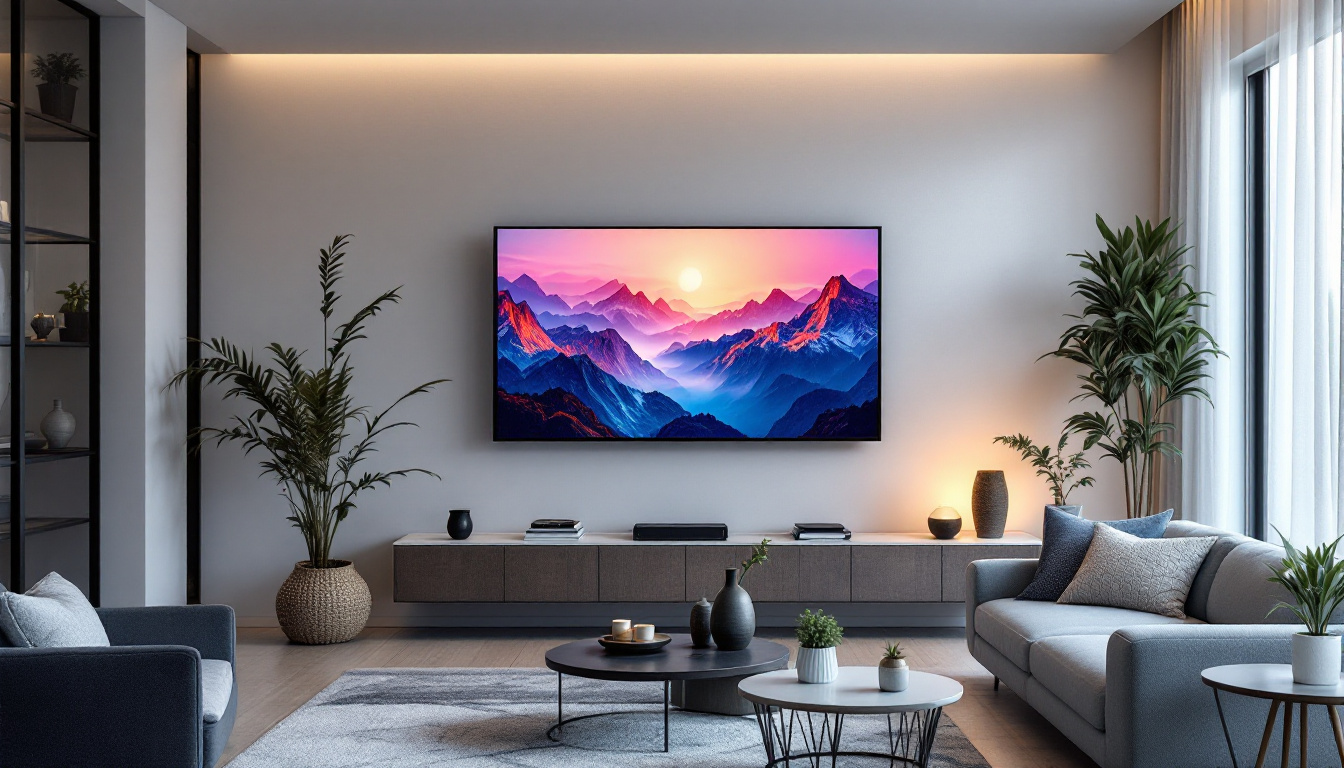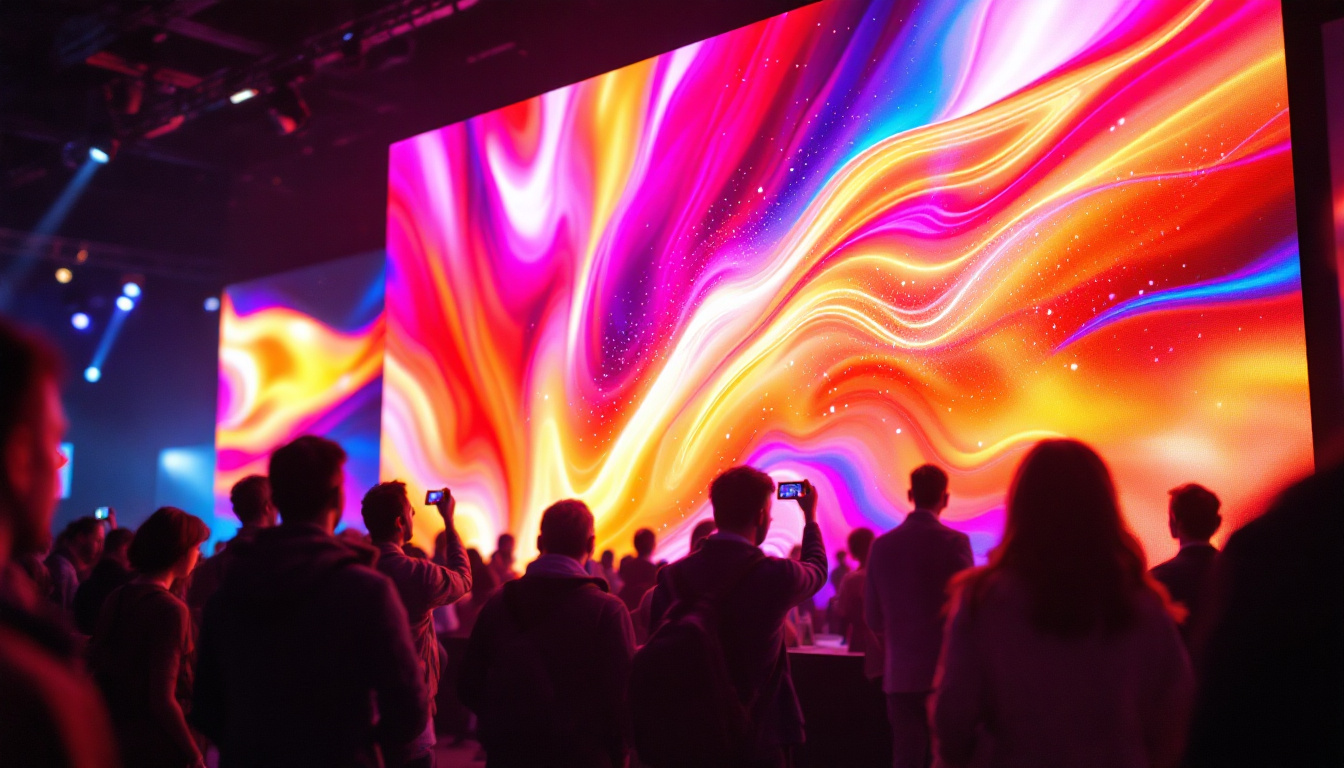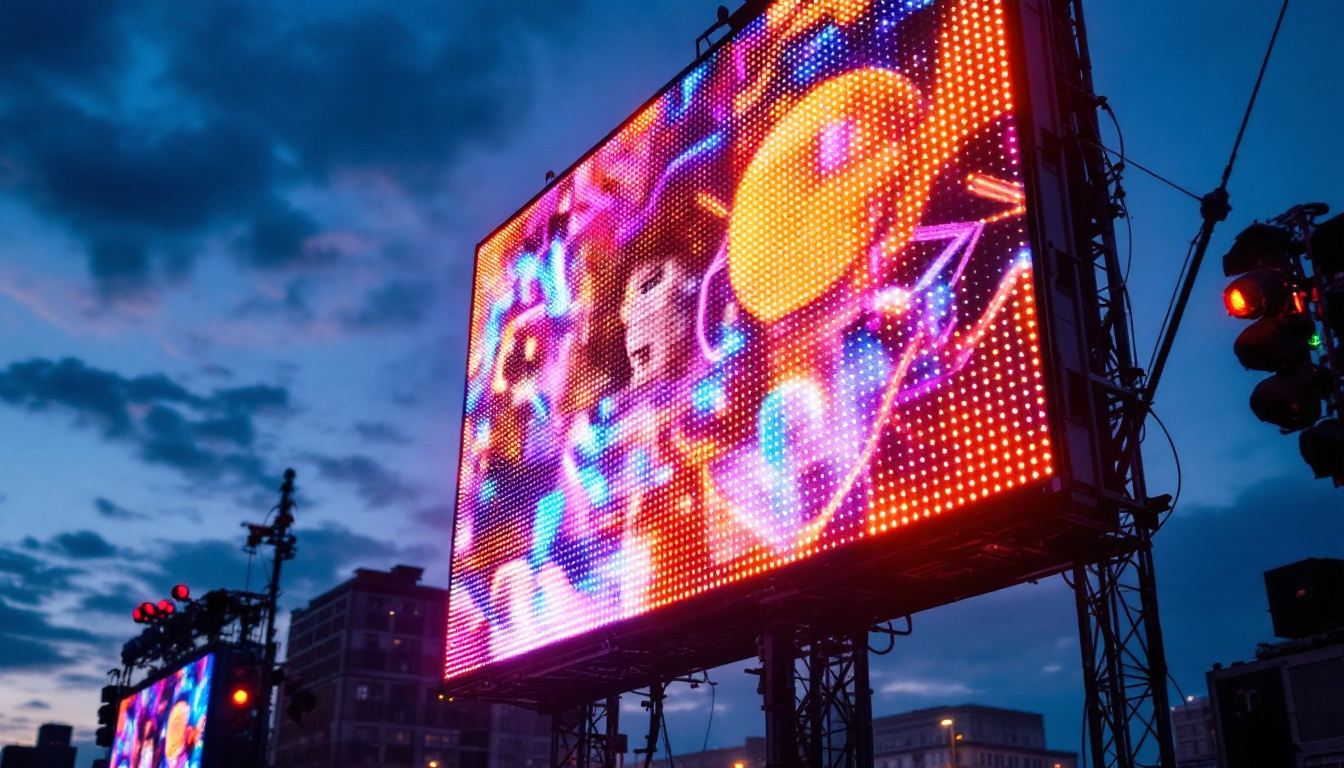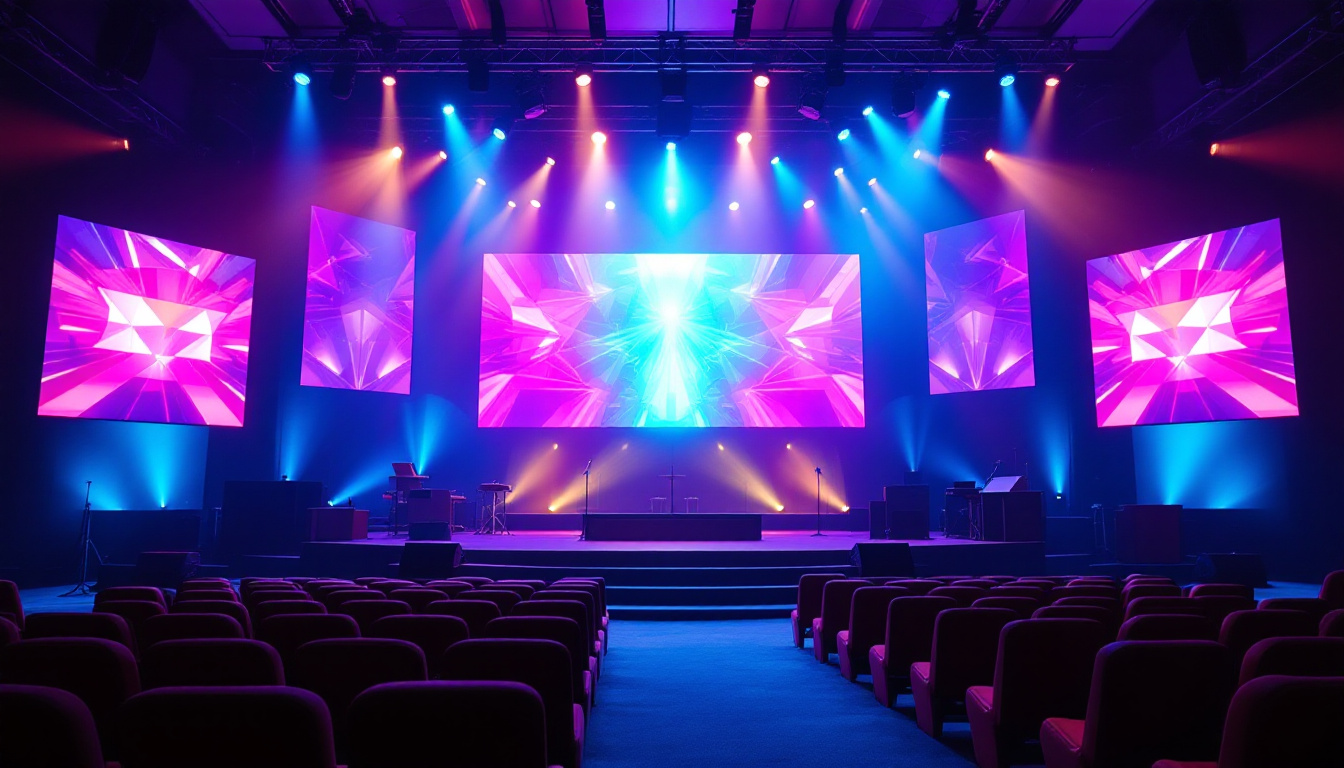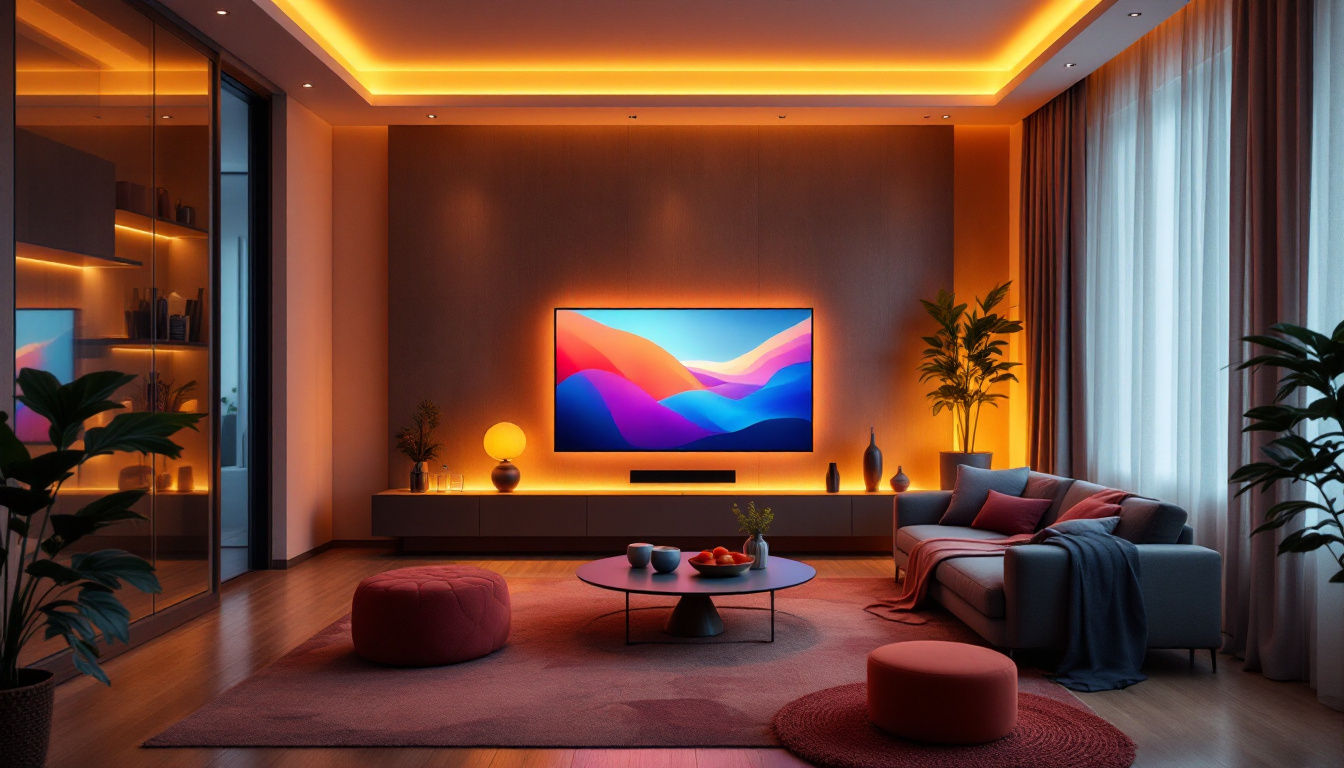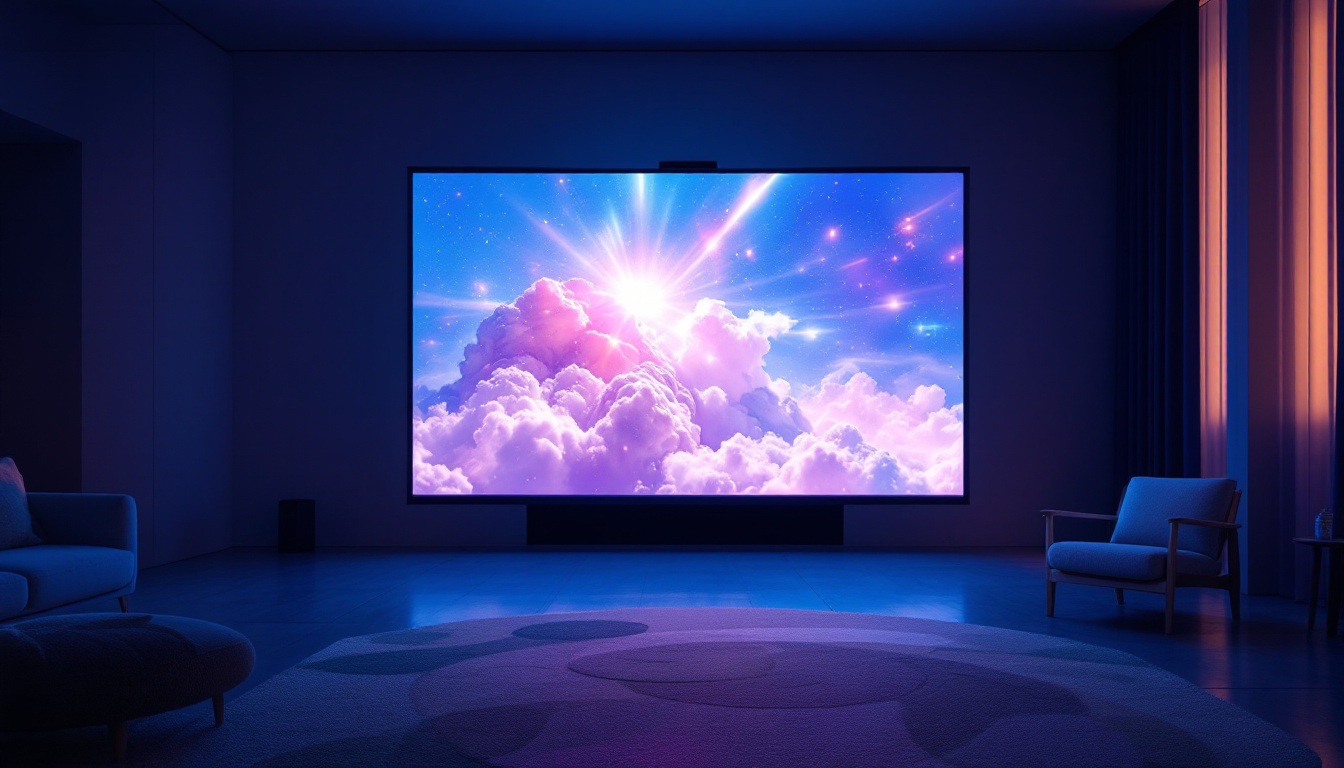In the world of digital displays, understanding the specifications is crucial, especially when it comes to LED technology. One of the common measurements encountered is the pixel pitch, which is often expressed in millimeters. This article will delve into the specifics of a 2.6 mm pixel pitch and its implications for LED displays, while also converting this measurement into inches for better comprehension.
Understanding Pixel Pitch
Pixel pitch refers to the distance from the center of one pixel to the center of the adjacent pixel, measured in millimeters. It is a critical factor in determining the resolution and clarity of an LED display. A smaller pixel pitch indicates a higher pixel density, which results in sharper images and finer details.
For instance, a display with a pixel pitch of 2.6 mm is designed to provide high-resolution visuals, making it suitable for close viewing distances. This characteristic is particularly advantageous in environments such as retail spaces, control rooms, and event venues where clarity is paramount. In these settings, the ability to convey detailed information quickly and effectively can significantly enhance the viewer’s experience, leading to increased engagement and retention of the displayed content.
Furthermore, the impact of pixel pitch extends beyond just resolution. In applications like digital signage, where dynamic content is frequently updated, a smaller pixel pitch can help maintain visual integrity even as viewers move closer to the screen. This adaptability ensures that messages remain clear and impactful, regardless of the audience’s proximity.
Why Pixel Pitch Matters
The pixel pitch directly influences several aspects of an LED display, including brightness, contrast, and viewing angle. A smaller pixel pitch allows for a more compact arrangement of pixels, which enhances the display’s ability to render detailed images. This is particularly important for applications requiring high-definition content, such as video walls or advertising displays. In these scenarios, the ability to showcase vibrant colors and intricate graphics can make a significant difference in capturing the audience’s attention and conveying the intended message effectively.
Moreover, the choice of pixel pitch can affect the overall cost of the display. Displays with smaller pixel pitches tend to be more expensive due to the increased manufacturing complexity and higher pixel density. Therefore, understanding pixel pitch is essential for making informed decisions when selecting an LED display. Additionally, it is important to consider the intended use of the display; for example, a high-end retail environment may justify the investment in a smaller pixel pitch for the sake of visual appeal, while a larger venue with viewers positioned further away might opt for a larger pixel pitch to balance cost and performance. This strategic approach allows businesses to optimize their display solutions based on specific needs and budget constraints.
Converting 2.6 Mm to Inches
To convert millimeters to inches, a simple formula can be applied. Since there are 25.4 millimeters in an inch, the conversion can be calculated by dividing the millimeter measurement by 25.4. For a pixel pitch of 2.6 mm, the calculation is as follows:
2.6 mm ÷ 25.4 mm/inch = 0.10236 inches
Thus, a pixel pitch of 2.6 mm is equivalent to approximately 0.102 inches. This conversion is useful for those more familiar with imperial measurements, allowing for a better understanding of the display’s specifications. Understanding these conversions is essential for professionals in fields such as graphic design, engineering, and manufacturing, where precise measurements can significantly impact the quality and accuracy of their work.
Practical Applications of 2.6 Mm Displays
LED displays with a 2.6 mm pixel pitch are versatile and can be used in various settings. Their high resolution makes them ideal for indoor environments where viewers are likely to be closer to the screen. Common applications include:
- Control Rooms: In settings where real-time data visualization is crucial, such as traffic management or emergency response centers, a 2.6 mm display can provide clear and detailed information. The ability to display multiple data streams simultaneously ensures that operators can make informed decisions quickly.
- Retail Spaces: Retailers often use high-resolution displays to showcase products and promotions. The clarity offered by a 2.6 mm pixel pitch can enhance customer engagement. Digital signage with vibrant visuals can attract foot traffic and influence purchasing decisions, making it a powerful marketing tool.
- Event Venues: For concerts, conferences, and exhibitions, LED displays with a smaller pixel pitch can ensure that every detail is visible, regardless of the viewer’s position in the audience. This technology allows for dynamic presentations that can adapt to the event’s theme, enhancing the overall experience for attendees.
Moreover, the use of 2.6 mm displays is not limited to these applications alone. Educational institutions are increasingly adopting such technology for classrooms and auditoriums, where high-quality visuals can aid in learning and retention. The immersive experience provided by these displays can transform traditional teaching methods, making lessons more engaging and interactive. Additionally, in the realm of advertising, businesses are leveraging the sharpness of 2.6 mm displays to create captivating advertisements that stand out in crowded environments, ensuring that their message is not only seen but remembered.
Factors Influencing LED Display Performance
While pixel pitch is a significant factor in the performance of an LED display, several other elements contribute to the overall quality and effectiveness of the technology. Understanding these factors can help in selecting the right display for specific needs.
Brightness and Contrast
Brightness is measured in nits, and it indicates how much light the display emits. A higher brightness level is essential for environments with significant ambient light, as it ensures that the content remains visible. For instance, a display intended for outdoor use will require a much higher brightness level than one used in a dimly lit room.
Contrast, on the other hand, refers to the difference between the darkest and lightest parts of the image. A display with high contrast will produce more vibrant colors and deeper blacks, enhancing the overall viewing experience. Together, brightness and contrast play a pivotal role in the effectiveness of an LED display.
Viewing Angle
The viewing angle of an LED display determines how well the image can be seen from various positions. A wider viewing angle is beneficial in public spaces where viewers may be positioned at different angles relative to the screen. Displays with a pixel pitch of 2.6 mm typically offer good viewing angles, making them suitable for a range of applications.
However, it’s essential to note that the quality of the image can degrade at extreme angles, which is why understanding the viewing angle specifications is crucial when selecting a display for specific environments.
Maintenance and Longevity of LED Displays
LED displays are known for their durability and longevity, but they still require regular maintenance to ensure optimal performance. Understanding the maintenance needs can help in prolonging the lifespan of the display and maintaining image quality.
Regular Cleaning
Dust and debris can accumulate on the surface of an LED display, affecting its brightness and clarity. Regular cleaning is essential to maintain the display’s performance. It is advisable to use a soft, lint-free cloth and a suitable cleaning solution to avoid damaging the screen.
Additionally, the internal components of the display should be inspected periodically to ensure that there are no blockages or issues that could affect performance. This proactive approach can help in identifying potential problems before they escalate.
Software Updates
Many modern LED displays come equipped with software that controls various functions, including brightness, contrast, and color calibration. Keeping this software up to date is crucial for optimal performance. Manufacturers often release updates that can improve functionality or fix bugs, ensuring that the display operates smoothly.
Regularly checking for updates and applying them as needed can enhance the user experience and extend the display’s lifespan.
Future Trends in LED Display Technology
The LED display industry is continually evolving, with advancements in technology leading to new possibilities. Keeping an eye on emerging trends can provide insights into what to expect in the future.
MicroLED Technology
One of the most exciting developments in the LED display sector is microLED technology. This innovation involves the use of tiny, self-emissive LEDs that can produce stunning visuals with incredible brightness and contrast. MicroLED displays promise to deliver even finer pixel pitches, potentially surpassing the capabilities of current technologies.
As this technology matures, it could revolutionize the way displays are designed and utilized, offering unprecedented levels of detail and color accuracy.
Integration with Smart Technology
As smart technology continues to permeate various aspects of daily life, LED displays are also becoming smarter. Integration with IoT (Internet of Things) devices allows for enhanced interactivity and functionality. For instance, displays can now be programmed to change content based on real-time data or user interactions, providing a more dynamic viewing experience.
This trend is particularly relevant in advertising and retail, where engaging customers in real-time can lead to increased sales and customer satisfaction.
Conclusion
Understanding the specifications and features of LED displays, such as the significance of pixel pitch, is essential for making informed decisions. A pixel pitch of 2.6 mm offers a balance between resolution and cost, making it suitable for various applications. Additionally, considering factors such as brightness, contrast, and viewing angles can further enhance the effectiveness of an LED display.
As technology continues to advance, staying informed about trends and maintenance practices will ensure that LED displays remain a valuable asset in any setting. Whether for advertising, control rooms, or entertainment venues, the right display can significantly impact the viewer’s experience.
Explore Cutting-Edge LED Displays with LumenMatrix
Ready to elevate your visual experience with the perfect balance of resolution and cost? Discover LumenMatrix’s innovative LED display solutions tailored to your unique needs. From captivating Indoor LED Walls to dynamic Outdoor Displays and beyond, LumenMatrix is at the forefront of revolutionizing visual communication. Enhance your brand visibility and engage your audience like never before. Check out LumenMatrix LED Display Solutions today and transform your space with unparalleled clarity and impact.

